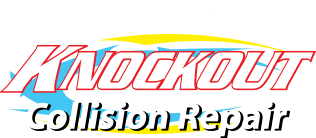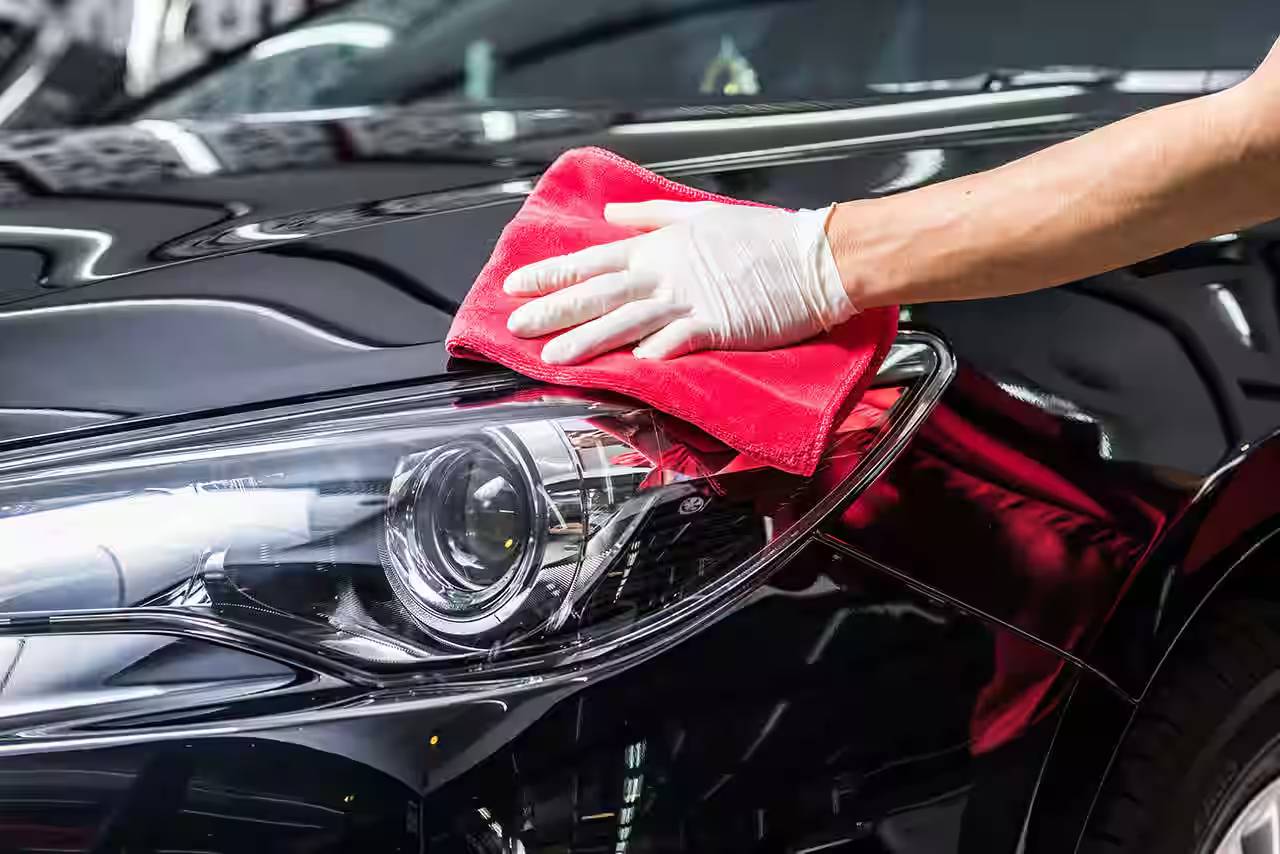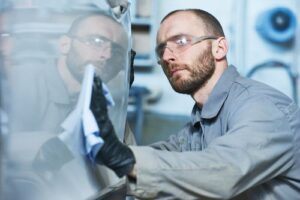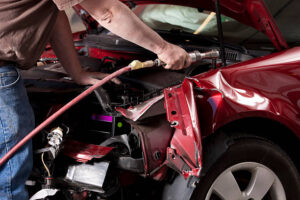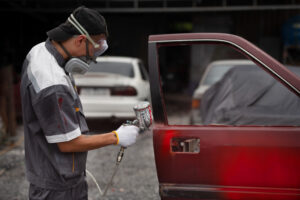Surface preparation is essential for successful auto paint restoration. To properly prepare the surface, first remove all oils, then sand it with the suitable sandpaper and apply the appropriate primer. Different surfaces necessitate different approaches; you sand metal harder at beginning than plastic or wood. When these key processes are neglected, the paint begins to peel and break down prematurely. The next sections go over each preparation stage one by one.
Understand surface contaminants and their influence on paint adherence
Surface cleanliness has a considerable influence on how effectively automotive paint adheres and lasts. Dirt, oil, wax, and grease create a barrier between the car’s surface and the new paint, making it harder for the paint to properly adhere. When these issues arise, the paint may begin peeling and chipping far sooner than it should.
Obtaining a thoroughly clean surface necessitates precise steps. First, wash the automobile with a moderate car soap to remove any visible dirt. Then use a specific cleaner to remove any remaining wax or oil that could prevent paint from adhering properly.
Pay close attention to areas where these issues frequently arise, such as around door handles and where body panels intersect.
Skipping these cleaning processes always causes difficulties with the paint’s appearance and longevity. The success of any paint job is primarily dependent on this first step—ensuring that the surface is absolutely free of anything that could prevent the new paint from adhering properly. Furthermore, adequate surface preparation has a considerable impact on the overall quality and endurance of the paint restoration, as disregarding it might result in costly future repairs.
Essential tools and materials for proper surface preparation
To prepare the surface for auto paint repair, you will need particular tools and supplies. Power sanders and sanding blocks are useful for smoothing the car’s body evenly. Different types of sandpaper are required: rough sandpaper (80-120 grit) for the initial pass, and smoother paper (400-1000 grit) for the finishing touches before applying primer. To adequately prepare the surface, use cleaners that remove wax and oil, which can prevent paint from adhering.
Painter’s tape and paper protect other sections of the car from dust and paint spray while working. Dust masks (N95), gloves, and safety glasses are essential for protecting yourself against dangerous dust and chemicals. Using all of these tools and supplies properly results in a long-lasting, attractive paint finish. Furthermore, appropriate surface preparation is critical to ensuring that the paint adheres efficiently and produces a smooth finish.
Step-by-Step Procedure for Cleaning and Degreasing Automotive Surfaces
Before repairing car paint, make sure the surfaces are clean and free of grease and dirt. Begin by thoroughly washing the automobile with a mild car soap to remove dirt, oil, and road grime. Make sure to clean very carefully around door handles and where car parts meet, as these areas frequently retain dirt.
After cleaning, use a clean cloth or paper towel to wipe off the surface with a grease-removing solution. Wipe only in one direction to avoid spreading debris back onto clean surfaces. This procedure helps the new paint adhere better to the surface. Wait for everything to dry completely before proceeding.
For the best results, inspect the surface and consider using mineral spirits or rubbing alcohol as a last cleaning step. This extra cleaning ensures that the surface is completely free of debris, providing the ideal surface for sanding or applying primer. Proper surface preparation is critical for a successful paint repair and reducing dangers such as peeling and bubbling.
Primer Selection
After sanding, selecting the appropriate primer is critical for achieving excellent paint finishes on autos. Depending on the surface you’re painting, you can select from a variety of primers such as epoxy, urethane, or etching. Each type helps paint adhere better and prevents corrosion. Before applying primer, ensure that the surface is completely clean and that all repairs are completed. The surface should be smooth and clean of dirt and grease.
Use a high-quality primer and apply it in light, uniform layers to ensure complete coverage. Always allow the recommended amount of time between coats.
The primer must be compatible with your final paint, especially on autos. Using materials designed specifically for autos makes the paint job stay longer and look better.
Conclusion
Appropriate surface preparation is an essential component of all successful vehicle paint repairs. Professionals at Knockout Collision Repair create the optimal substrate for paint adhesion by removing contaminants in a systematic manner, selecting the right tool, cleaning thoroughly, sanding precisely, and applying the proper primer. These preparation processes have a direct correlation with the final finish’s quality, durability, and lifespan. Neglecting any preparation stage jeopardizes the entire repair process and outcome.
